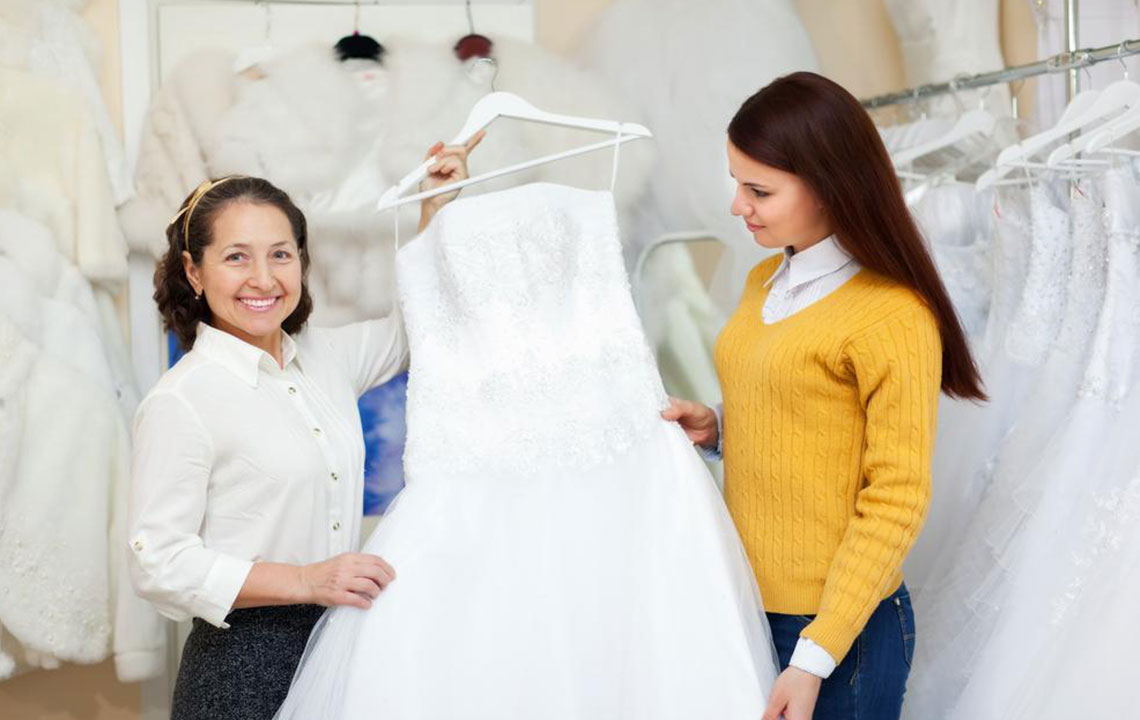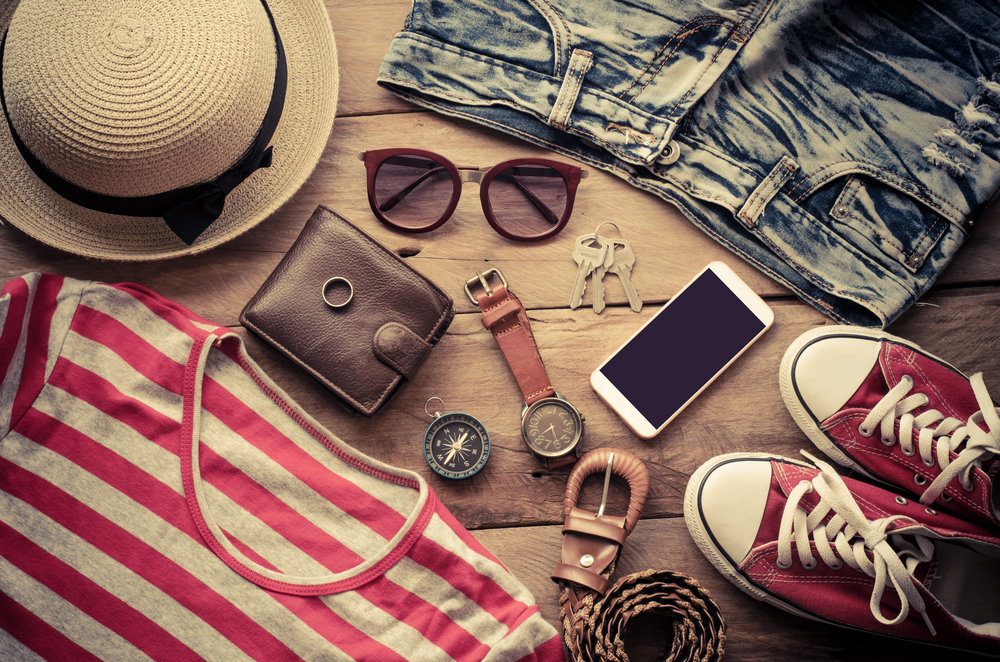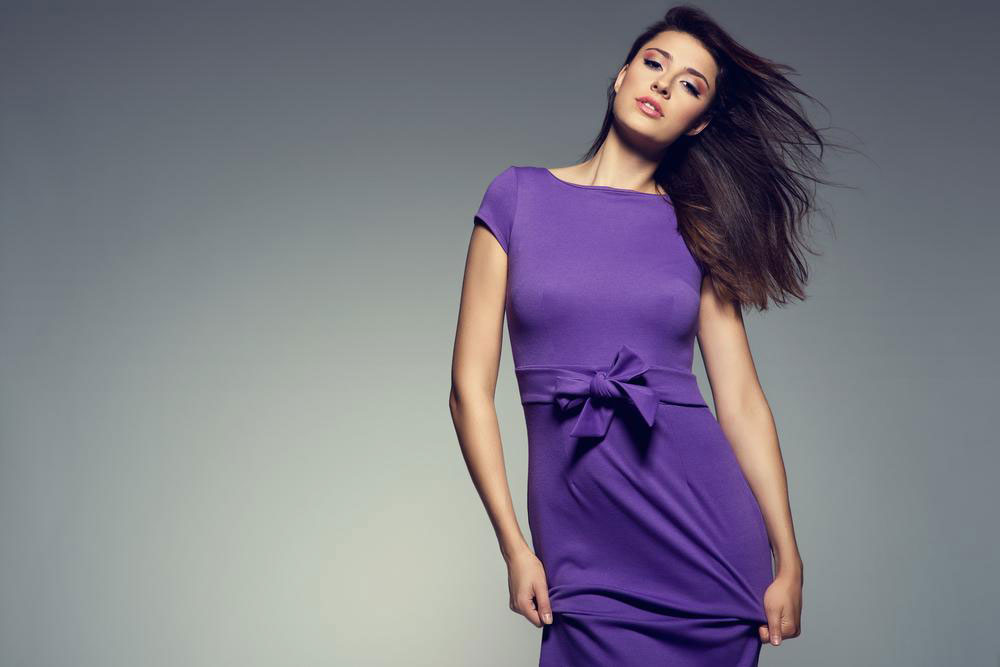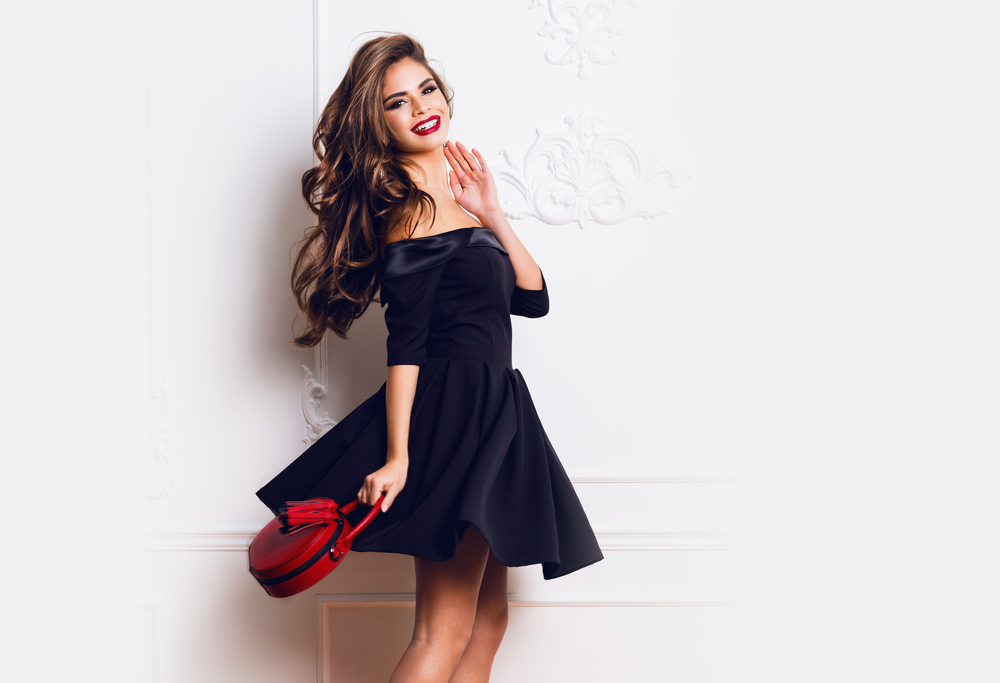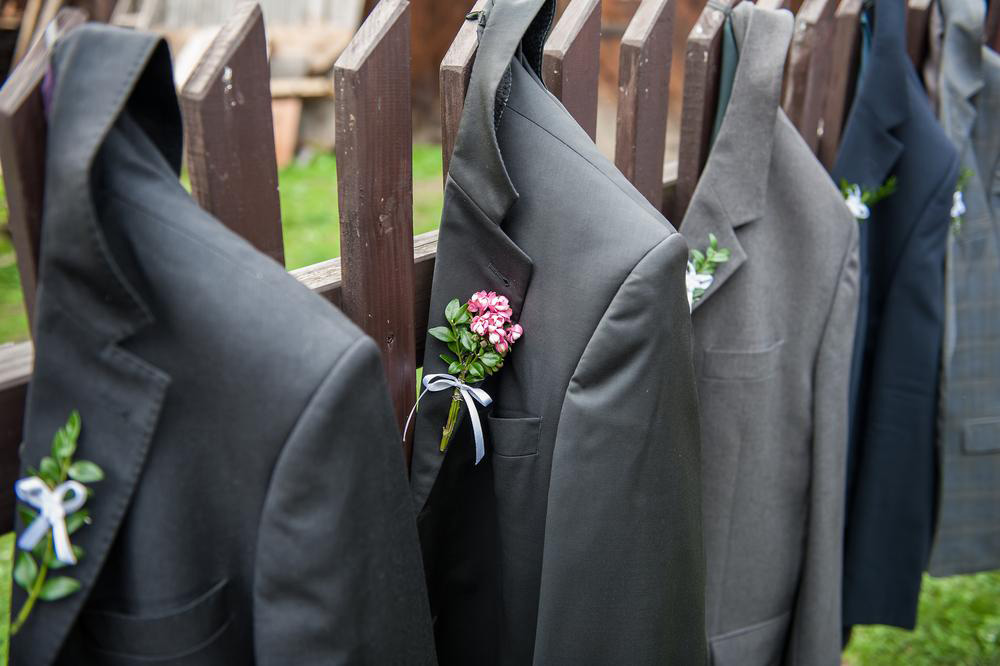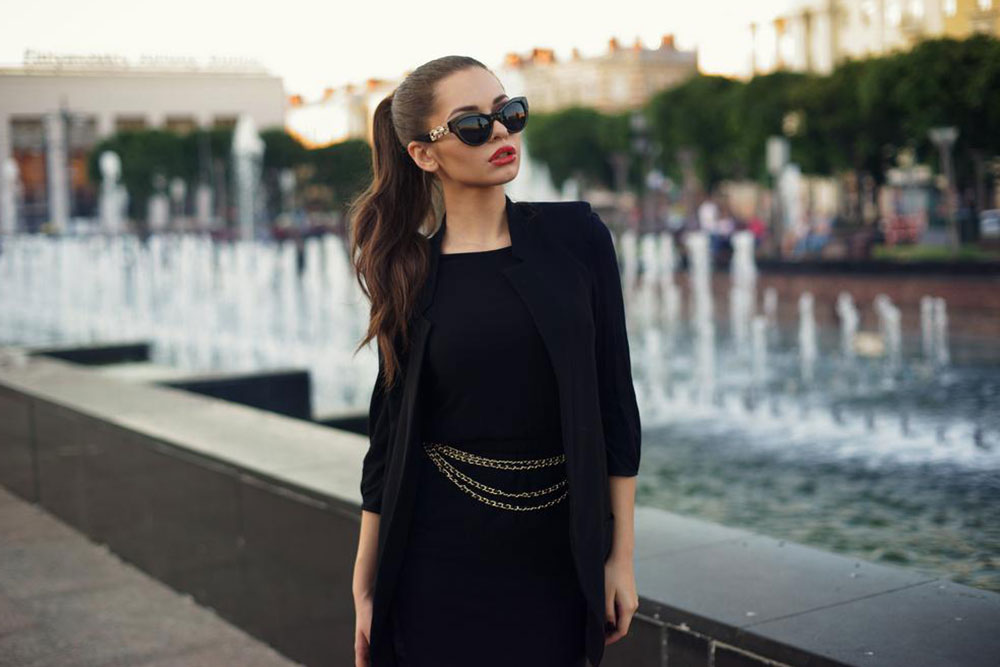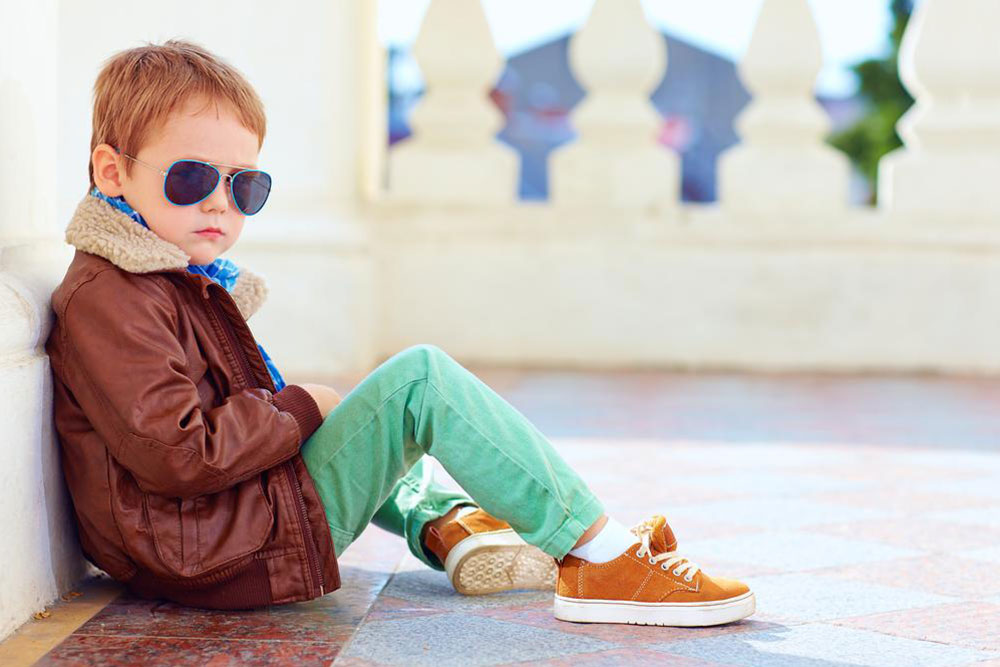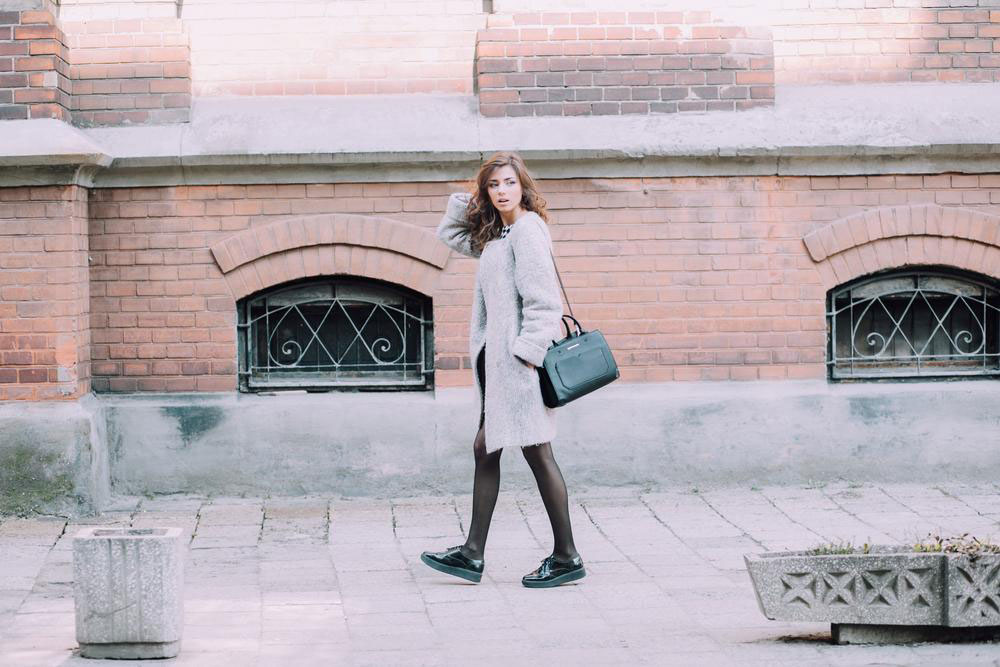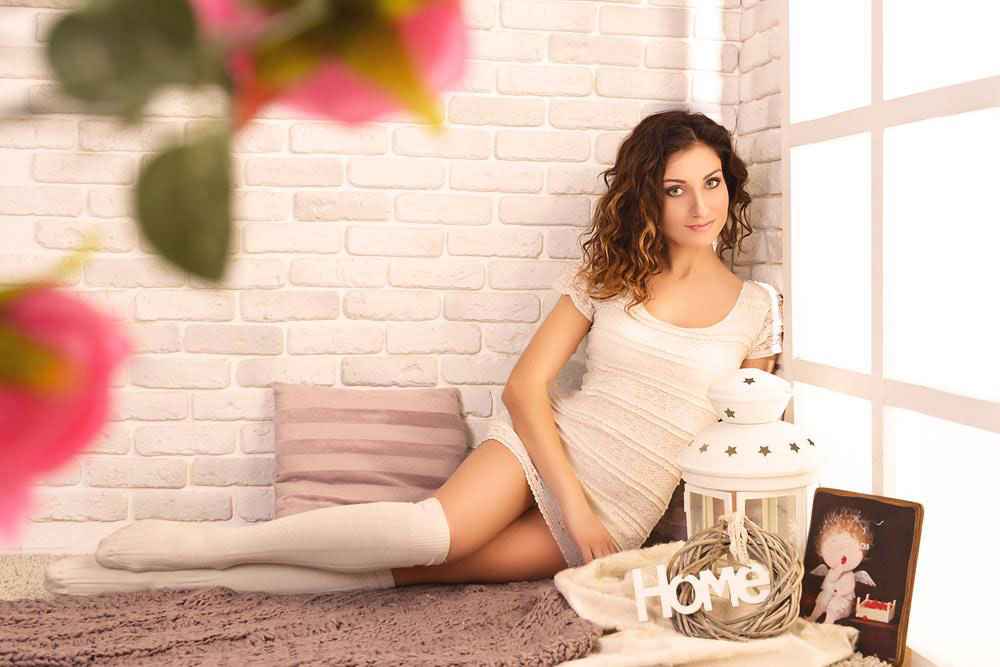Guide to Business and Formal Dressing Essentials
This comprehensive guide explores the essentials of formal and business attire for men and women, covering dress codes, fabric choices, style features, and suitable occasions. Understanding these principles helps individuals present themselves professionally and confidently across various events, from weddings to business meetings and social functions. Emphasizing subtlety, quality fabrics, and proper tailoring ensures a sophisticated, polished appearance that adheres to formal dress standards.
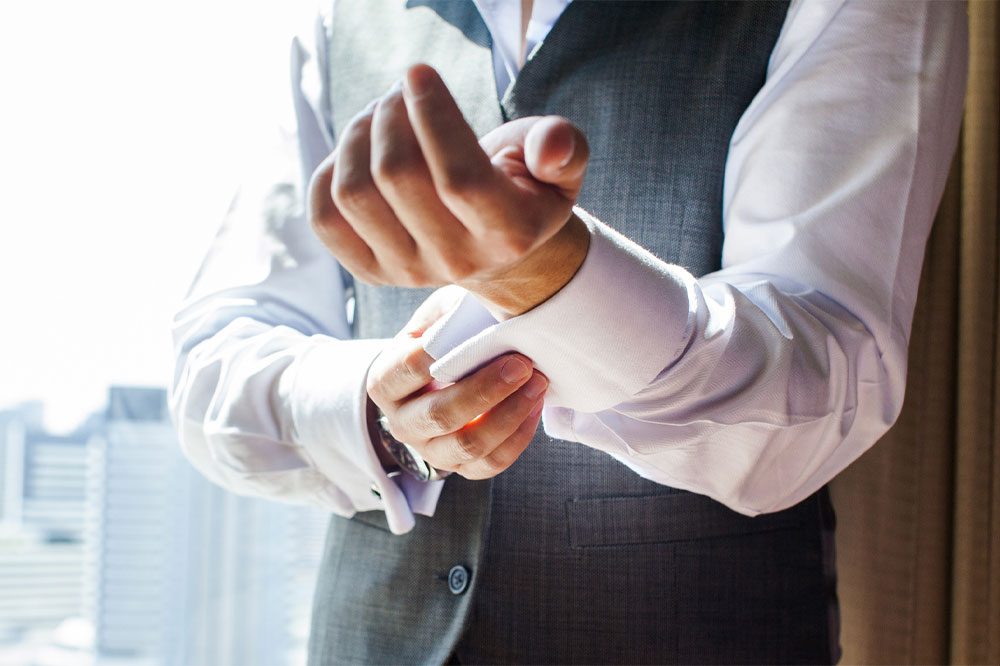
Guide to Business and Formal Dressing Essentials
Business and formal attire center around maintaining a polished and professional appearance. Such clothing is typically reserved for workplaces, formal events, interviews, and networking functions. While traditionally intended for men, modern fashion embraces women’s professional clothing as well. Here’s an overview of what constitutes formal wear, including style choices, color schemes, patterns, and key features:
Defining formal dress code
Formal clothing aims to present a neat, sophisticated look. Dress codes are strict, emphasizing minimalism and precision. They contrast sharply with casual styles.
While comfort matters, formal attire emphasizes adherence to specific dress standards, appropriate colors, and garment choices based on occasions. Characteristics include streamlined tailoring and subtle fabric textures. Typical features of formal clothing are:
Colors: Formalwear predominantly features subdued, dark shades like black, navy blue, and gray. Bright or pastel hues are generally avoided.
Textures: Fabrics should be smooth and refined, often with a slight sheen, such as silk or high-quality wool, which add elegance.
Patterns: Solid colors are preferred, though discreet patterns like small paisleys or textured weaves are acceptable in ties or accessories.
Structure: Garments with internal linings or padding convey formality and better fit.
Material: Wrinkle-resistant fabrics like worsted wool and silk are ideal for maintaining a crisp look.
Key formal garments include:
Jackets: Structured, lined blazers with minimalistic pockets and lapel styles like peaked or shawl lapels denote formality.
Pants: Trousers with sharp creases, made from wool or similar fabrics, with clean lines and no ornamental stitching.
Shirts: Solid-colored, softly shiny shirts with traditional collar styles, including French cuffs, are suitable for formal events.
Ties: Silk or grenadine ties with solid or small subtle patterns enhance formal looks.
Shoes: Classic options like Oxfords or opera pumps in black with minimal ornamentation are standard footwear choices.
Formal dress codes apply to various occasions, including weddings, first dates, cocktail dinners, business meetings, interviews, religious ceremonies, opera nights, theater shows, and funerals.
Gender-specific attire varies: men typically don suits and ties, while women wear business suits, formal dresses, or gowns suitable for the event’s level of formality. Recognizing the expectations for formal dressing ensures appropriate presentation for any occasion.

